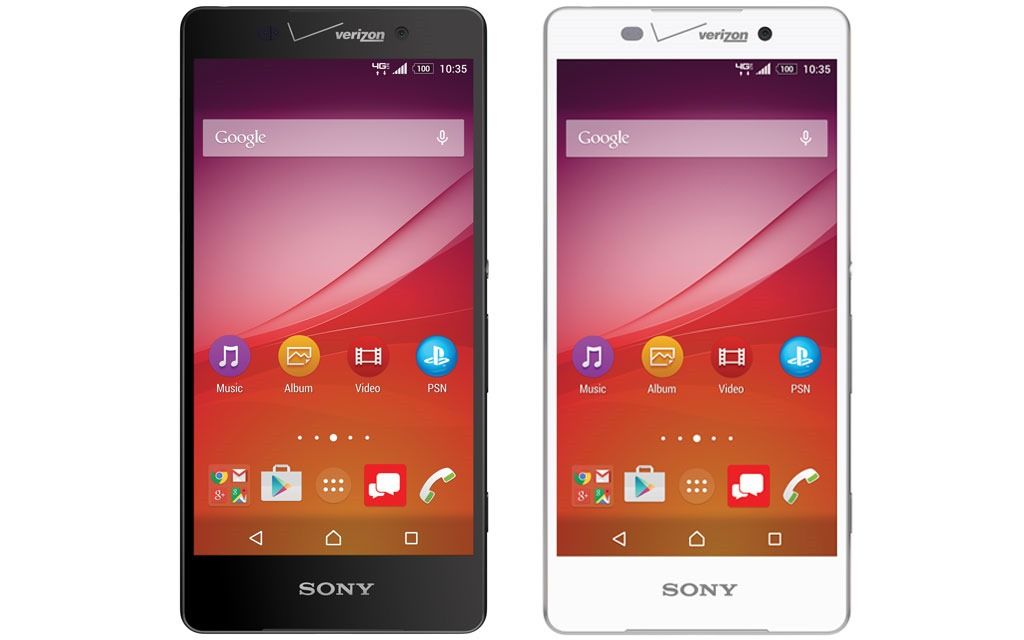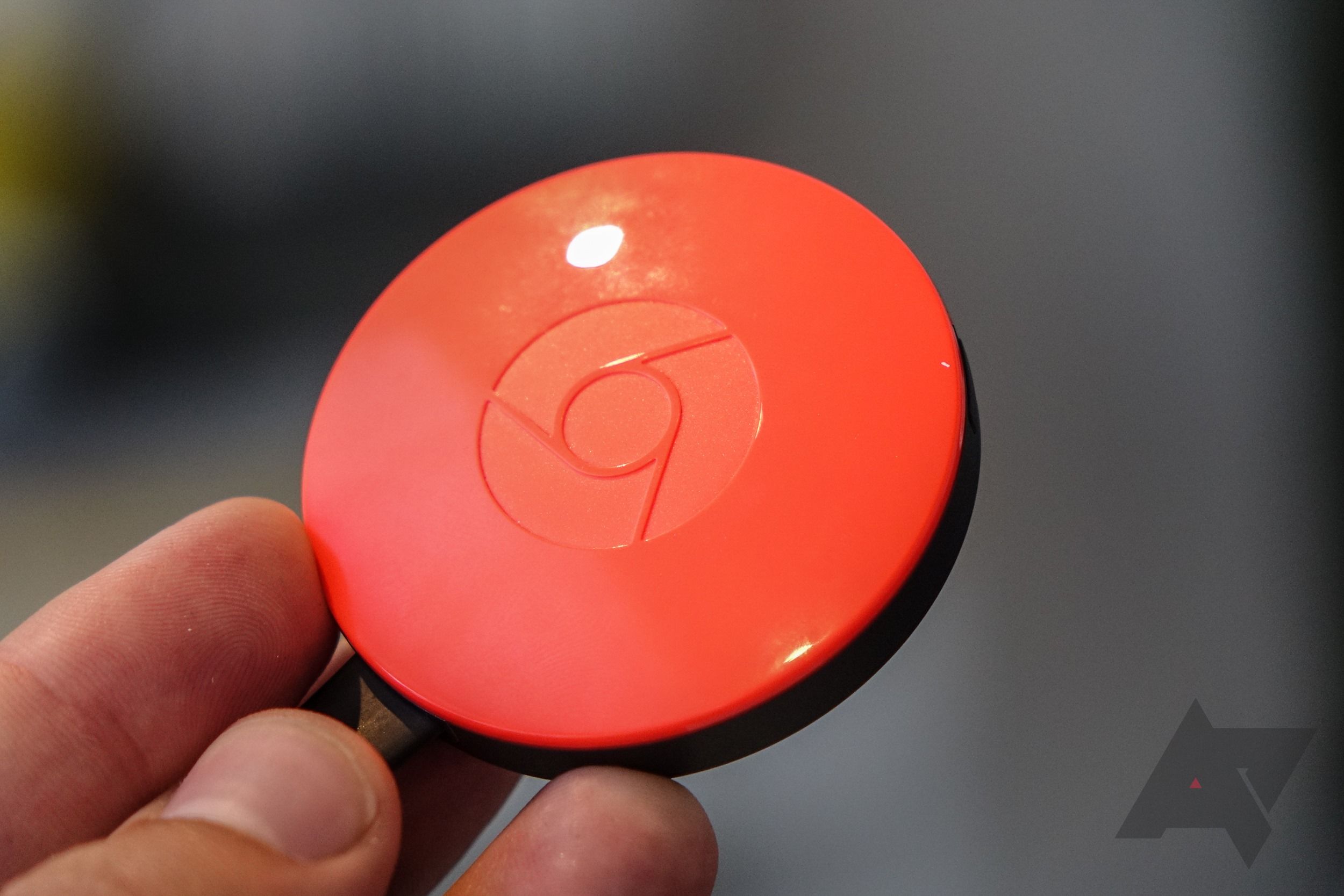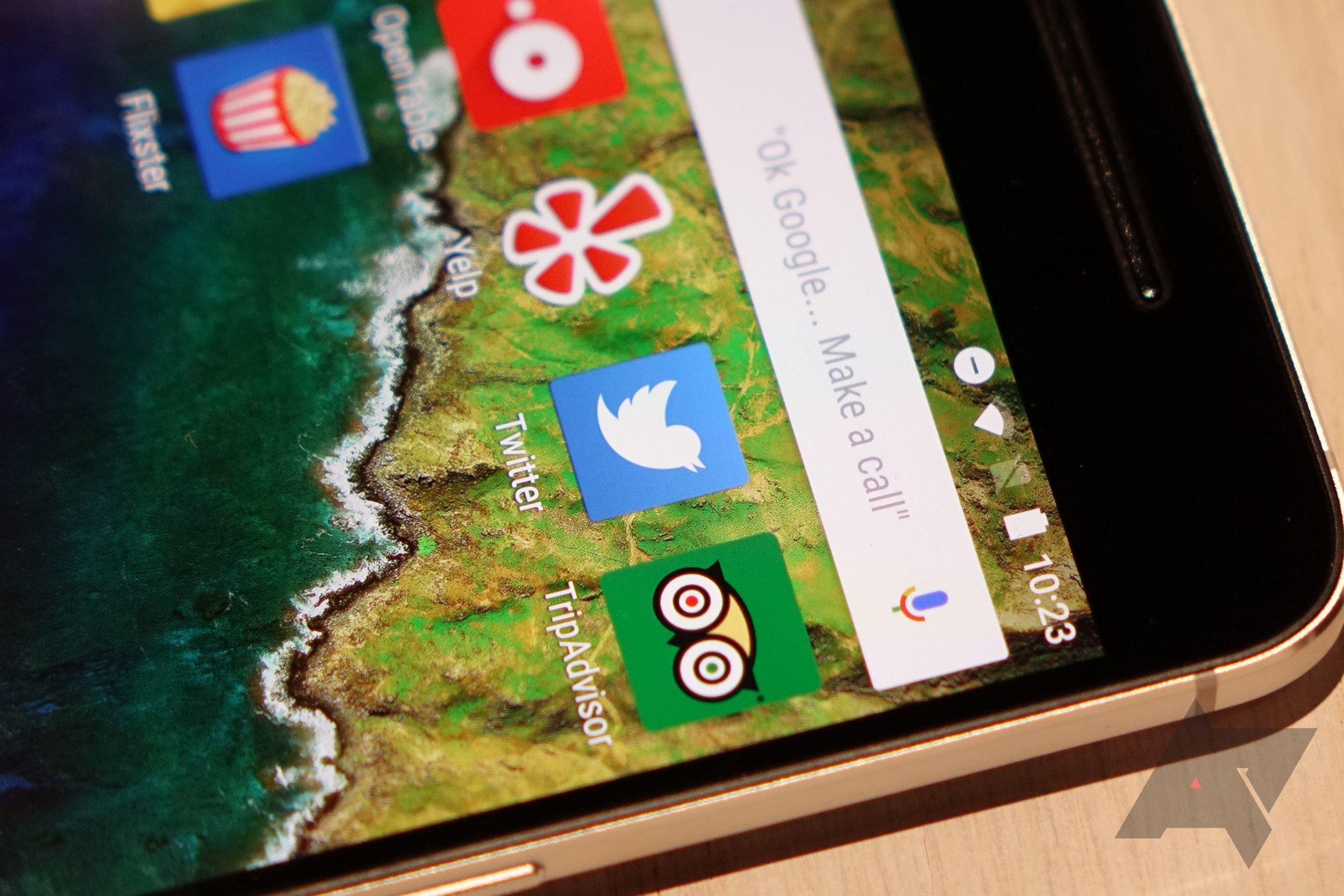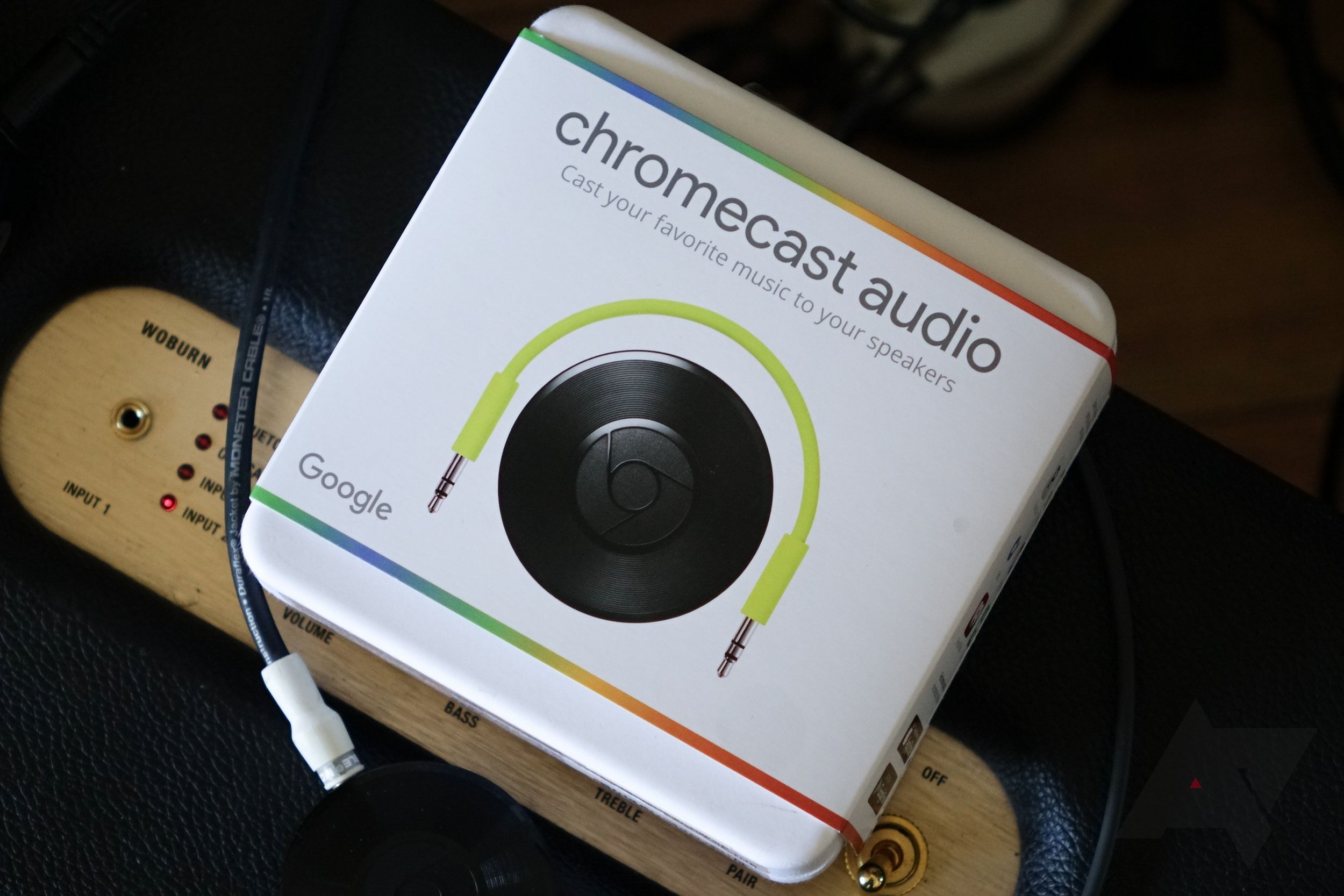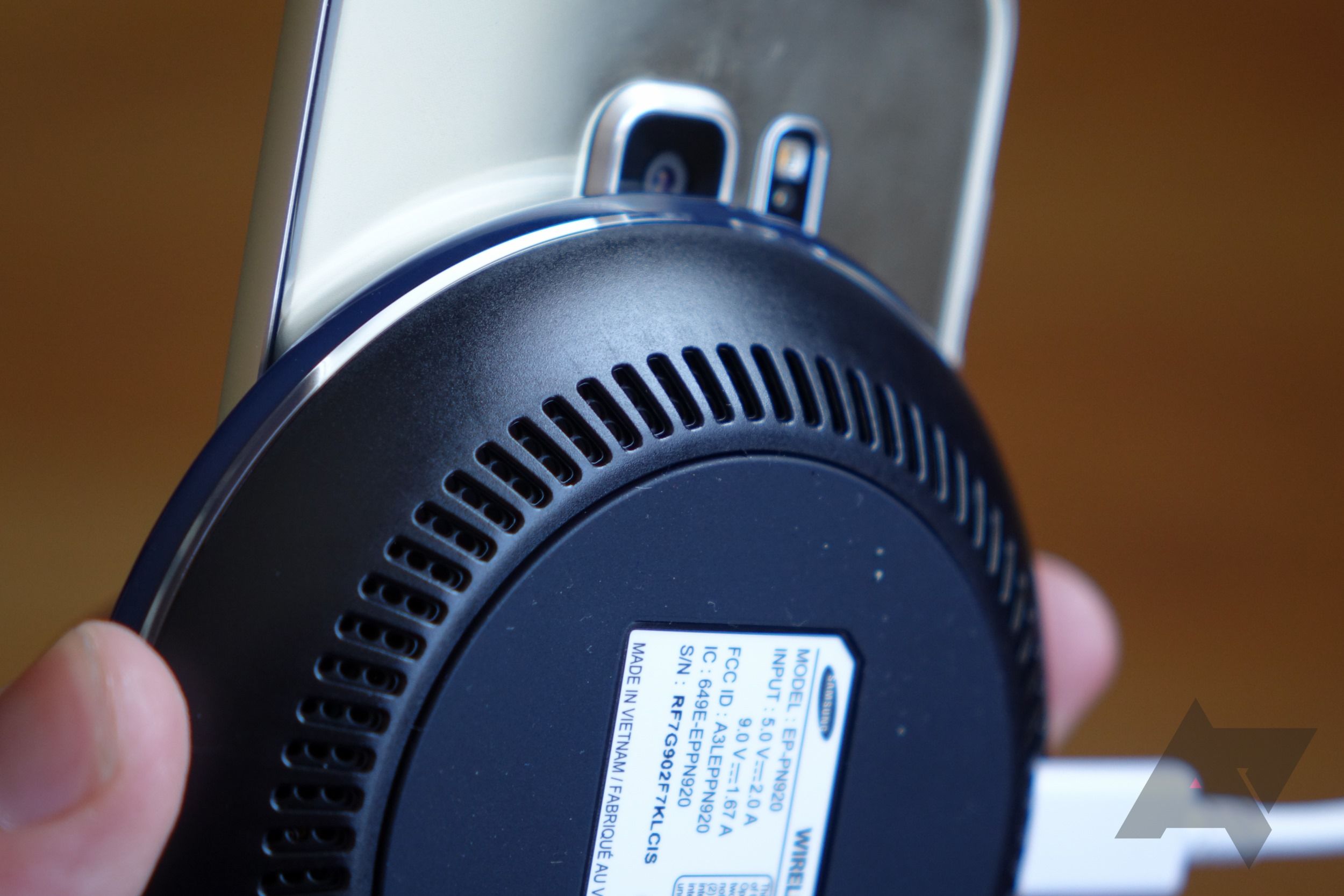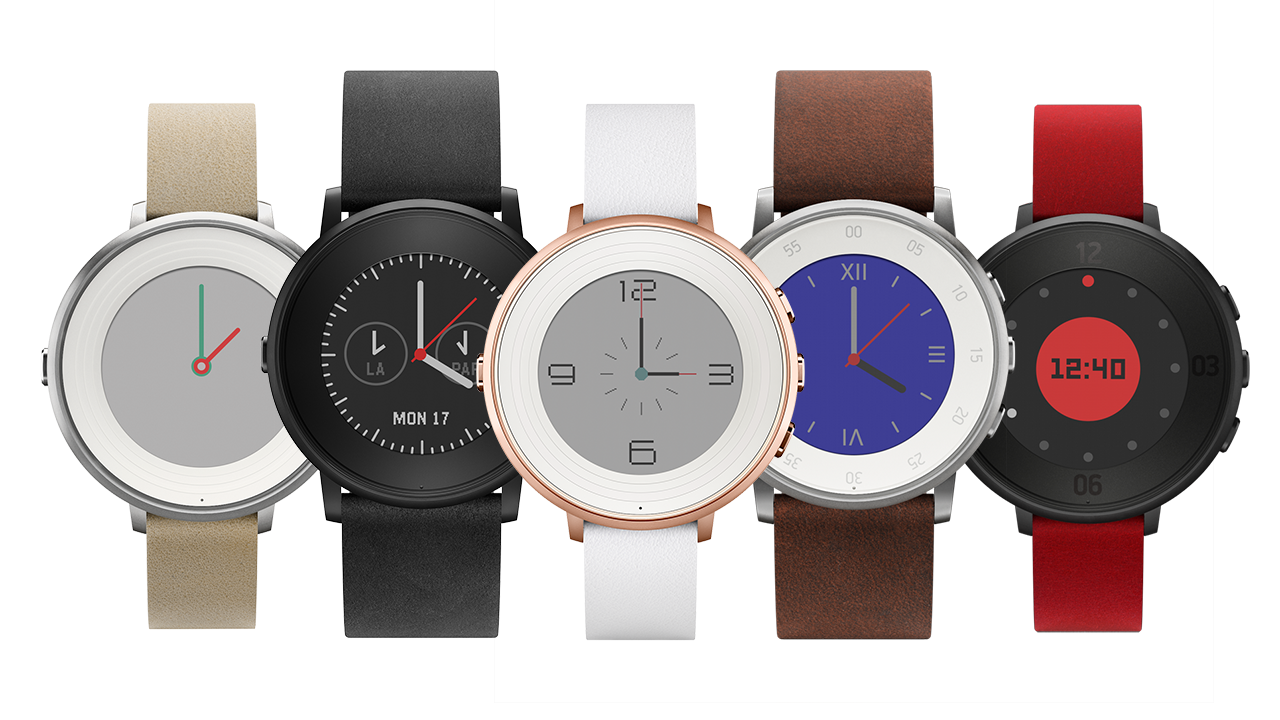
David Ruddock
Contributing since June, 2010
-
3358articles
Page 52
About David Ruddock
David is the former Editor-in-Chief of Android Police and now the EIC of Esper.io. He's been an Android user since the early days - his first smartphone was a Google Nexus One! David graduated from the University of California, Davis where he received his bachelor's degree, and also attended the Pepperdine University School of Law.
Latest Articles

Welcome back to another week of the Android Police Podcast. To catch us live on Hangouts On Air every Thursday at 5:30PM PST (subject to change as per the calendar widget below), just head over to androidpolice.com/podcast. For the unedited video show, click here (warning: this video is uncut). As always, we'll take your questions at 530-HELLO-AP and also at our email address: podcast at androidpolice dot com.
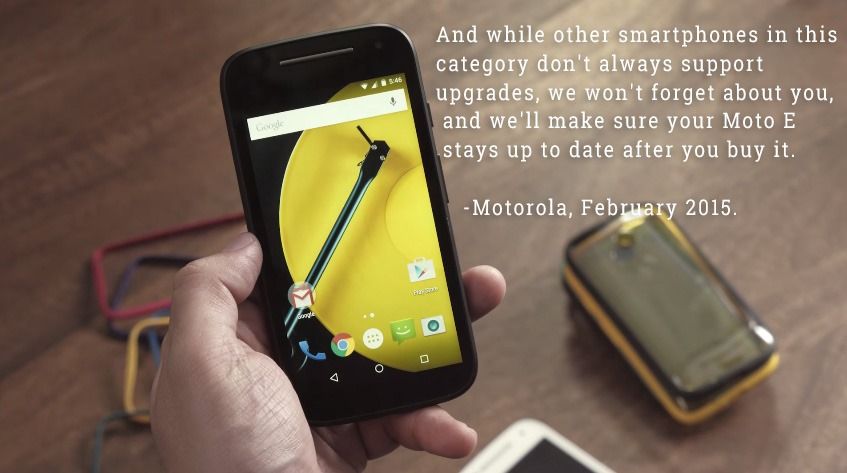
Read update
Today, Motorola published a list of the devices it would be updating to Android Marshmallow. And to be clear: that list is of planned updates. All of them. If a device is not on that list, Motorola is not planning on upgrading it to Marshmallow at this time, and that means those plans are unlikely to change. We even have explicit confirmation that Moto X 2014 AT&T and Verizon models, which do not appear on this list, will not be getting Android 6.0. It seems quite safe to say any device not on this list will not be getting Marshmallow.

Amazon, Gunning For "Biggest Jerk" Award, Will Be Banning Chromecast And Nexus Player Listings From Its US Store
Amazon is banning Chromecast and Nexus Player from its US Store.
If you have a Chromecast or Android TV, you've probably noticed the one big glaring hole in content on those devices: Amazon Instant Video. Now, it seems more unlikely than ever that these devices will be getting AIV support, because Amazon is apparently preventing sellers on the US site from listing them altogether, and will remove all existing listings for the devices on October 29th. An email appeared on reddit late last night purporting to be from Amazon is below:
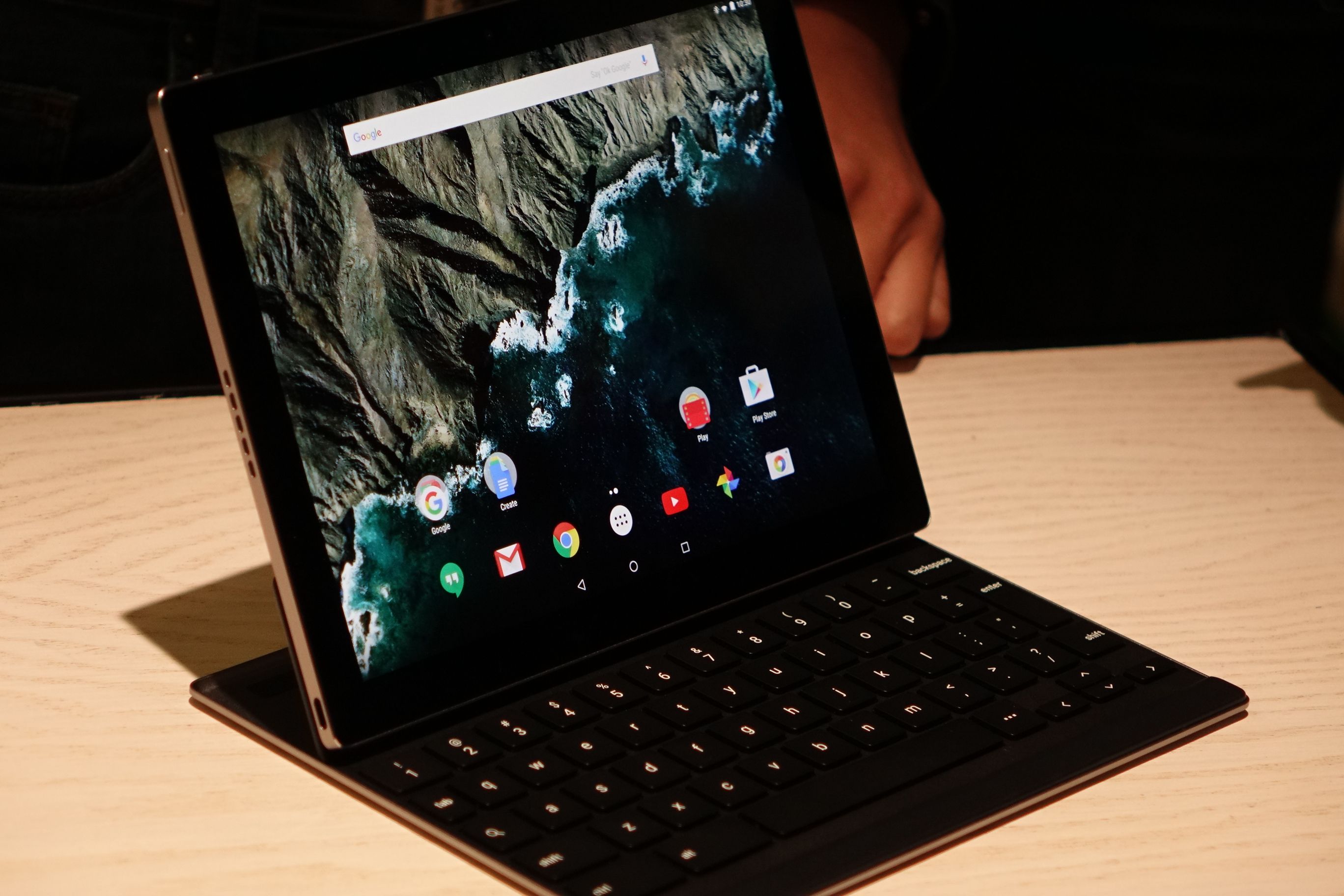
There's no denying that the increased performance:power consumption ratio of CPUs has been benefiting laptops and tablets alike of late. Microsoft's Surface Pro series, Apple's new iPad Pro (a product I would also call pretty misguided, to be honest), the new MacBook, and a slew of Chromebooks are all doing things that would have been nigh-unthinkable five years ago in their respective form factors or price points. Also, tablet sales are down and the traditional tablet model doesn't seem to be working so well anymore. So, Google is apparently hip to this now and wants Android to get in on the action with its own mobile-feeling but laptop-grade-ish ultra-portable device.
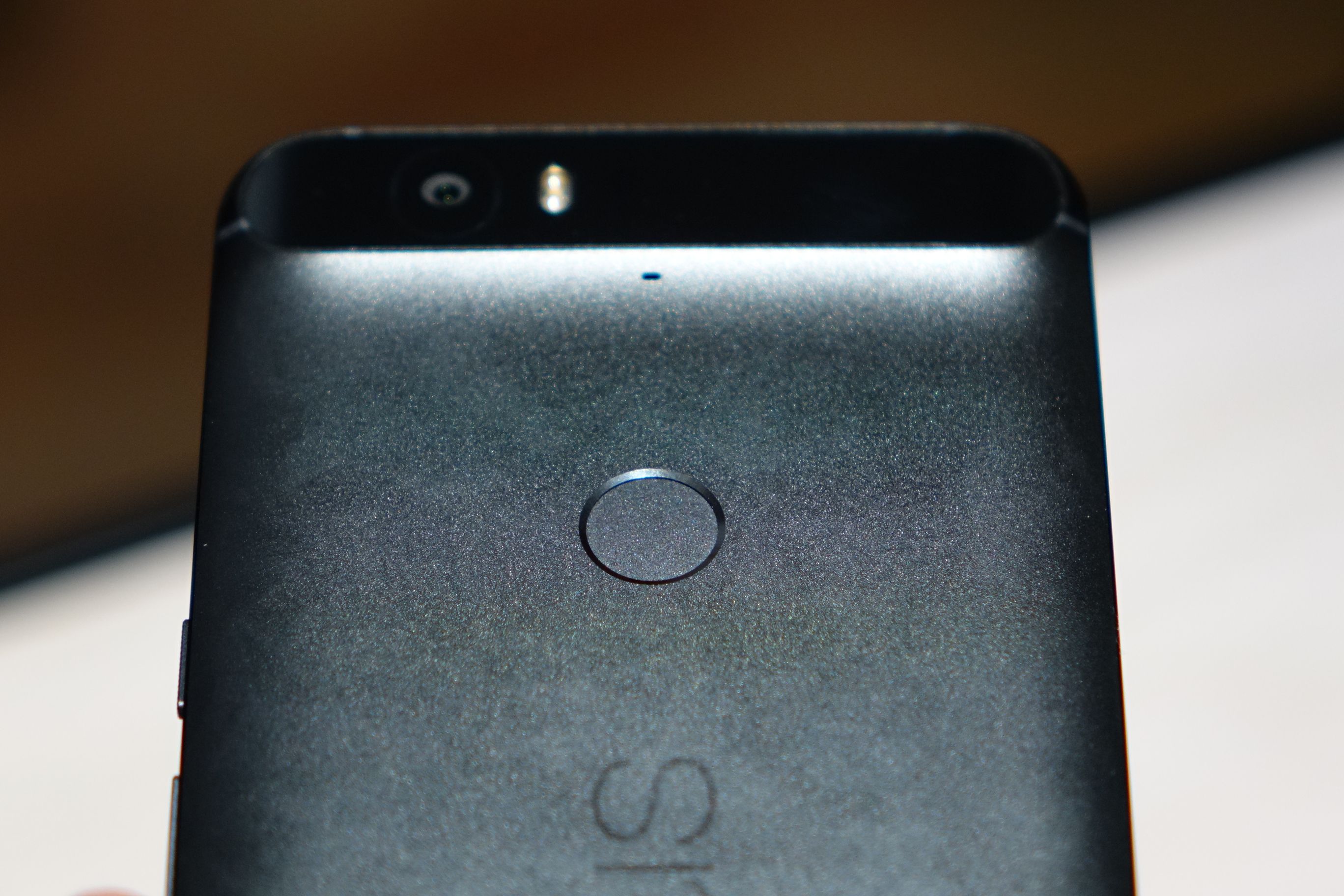
The Nexus 6P is a big, good phone with a slightly better than average price. That's what makes it interesting. The display is good. The build quality seems nice. It supposedly has a pretty good camera. It even has true dual front-facing speakers which the Nexus 5X apparently does not. You can choose between 32, 64 and 128GB of internal strorage ($499, $549, and $649, respectively), too, the most available storage ever on a Nexus phone.
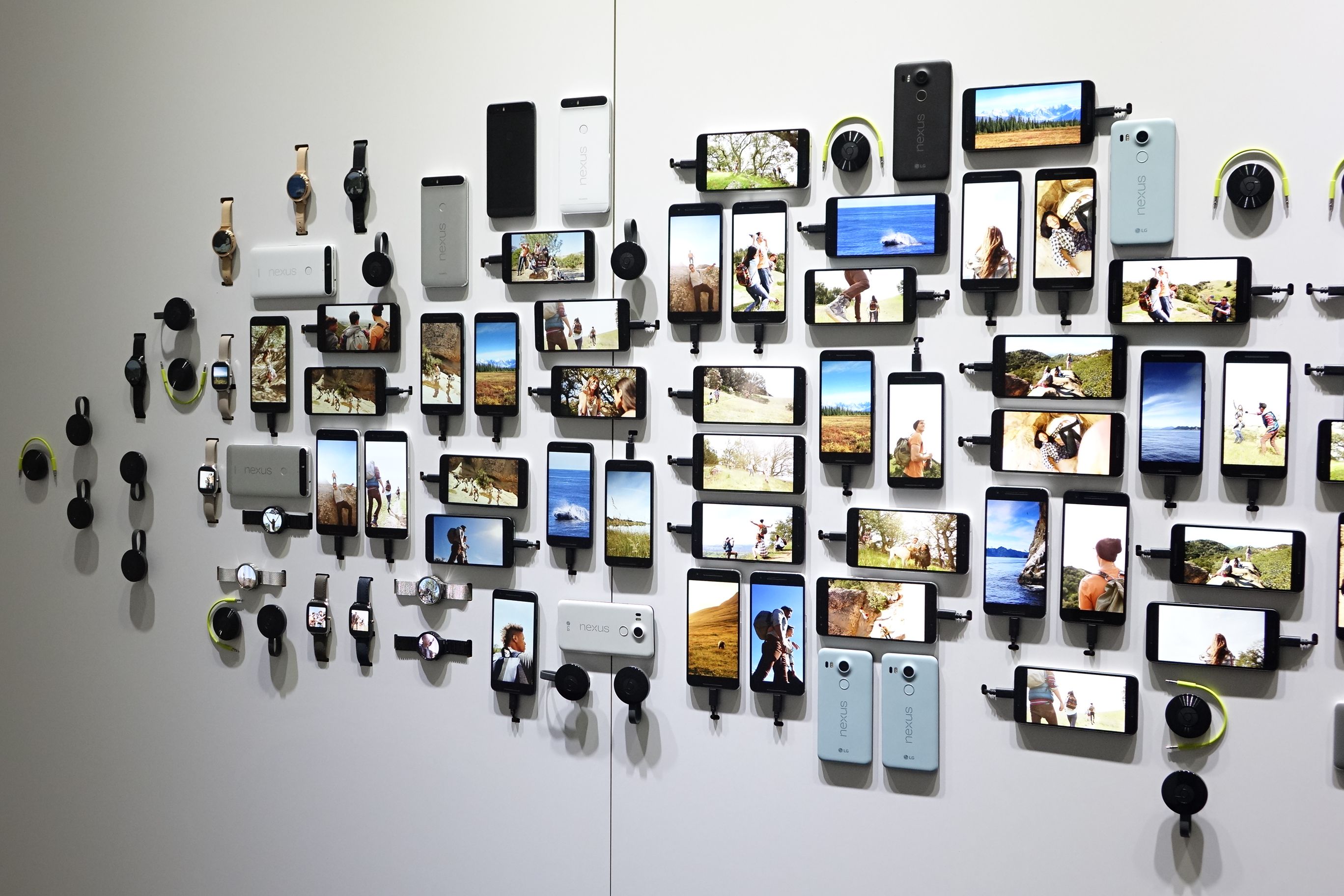
Google is a company well-known for allowing its employees to express their creative sides, and at today's Nexus / Chromecast event in San Francisco, a handful of them did just that. Using around 100 Nexus phones and a bunch of Chromecasts (and a few Wear devices), Google employees constructed a live sculpture of phones and watches displaying various photos. It's pretty awesome.
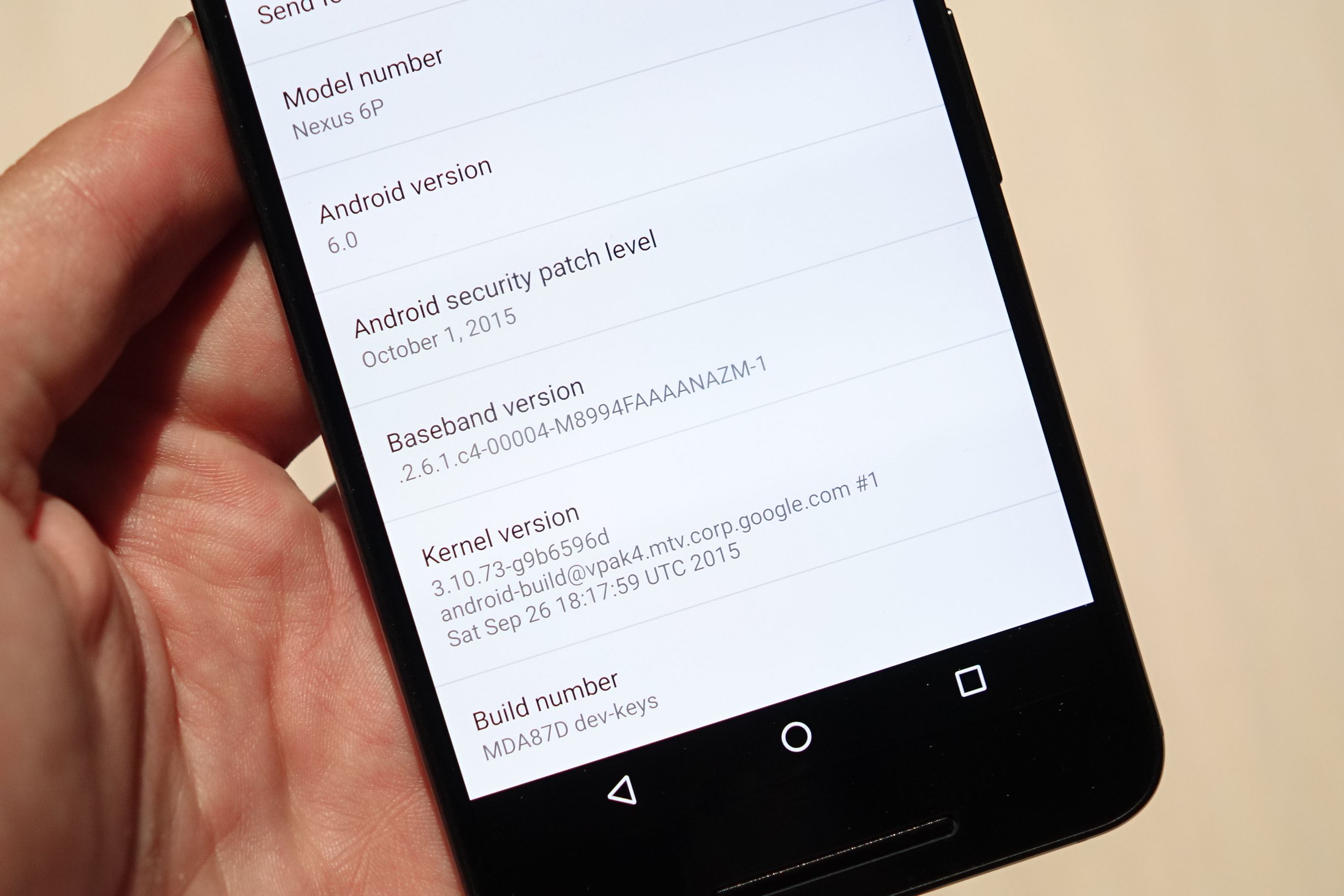
While going hands-on with the Nexus 5X and 6P a bit earlier, I noticed something interesting in the "about" screen of both devices: a new field. It's called "Android security patch level," and what it appears to do is display the date of your phone's most recent security patch.
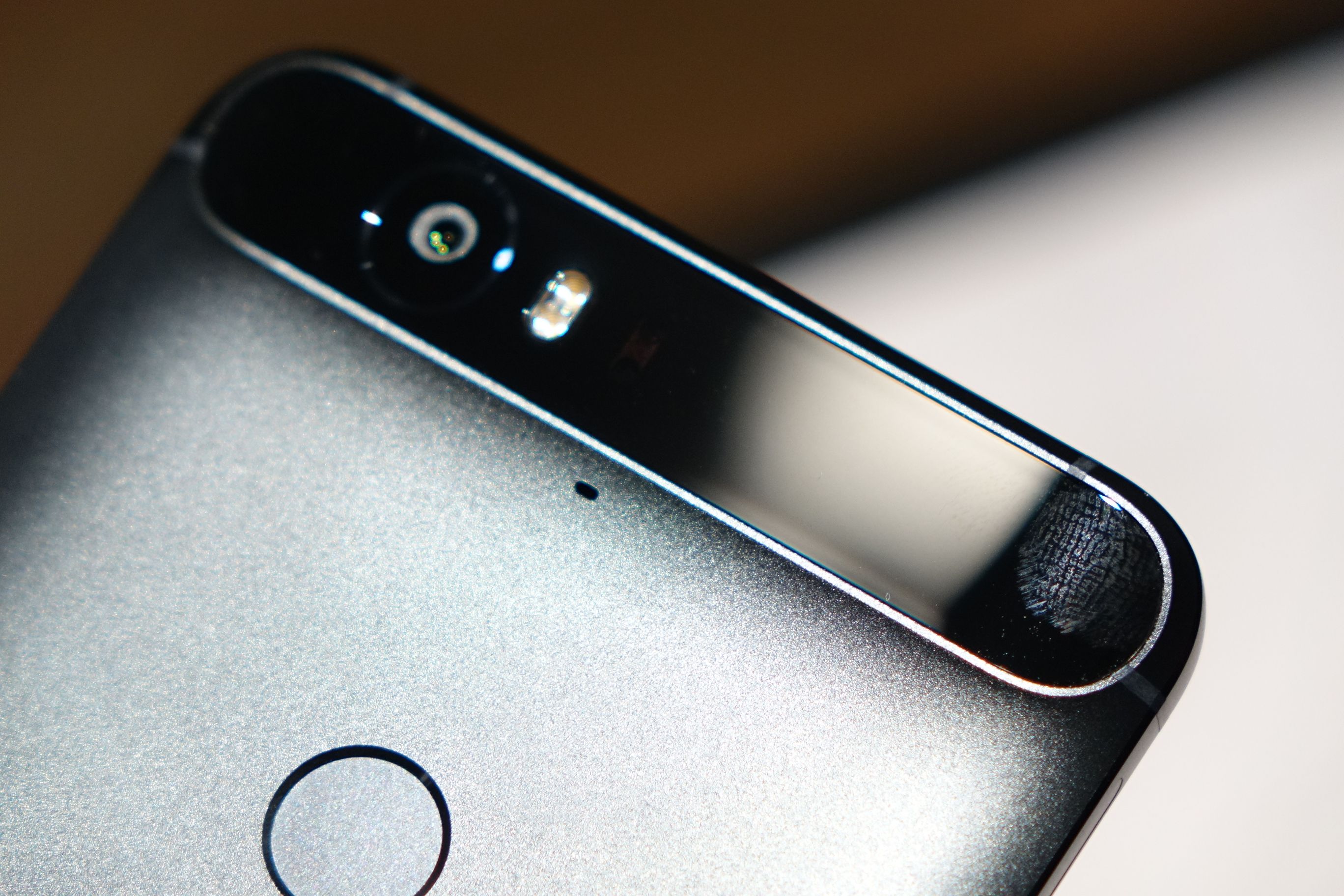
There has been much speculation about the Nexus 6P's big black glass bar. What does it do? Why is it so big? Why does it kind of look like a Cylon head? Well, the answer is that, unsurprisingly, it's just form following function. You see, because the 6P is predominantly made of aluminum, which acts as a reflector to various radio and other wireless signals in the device, there needs to be a place for antennas to send out their various signals. You can accomplish this with ceramic or plastic inserts like HTC or Apple, or you can construct portions of the phone from different materials (like glass) to help those precious wireless communiques get out.
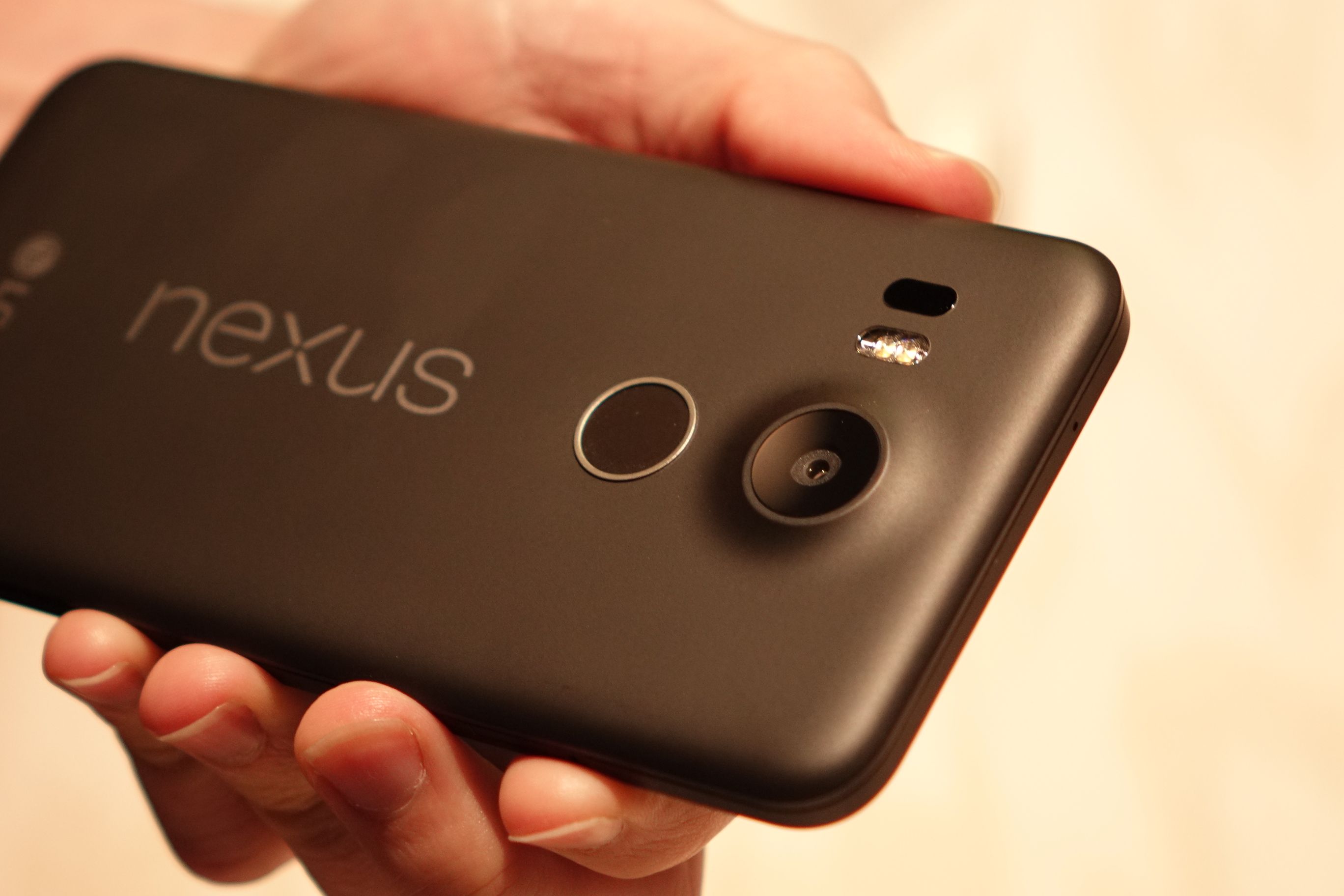
The Nexus 5X is, by Google's own admission, a spiritual successor to the very-popular-for-what-it-was Nexus 5. It has a reasonably-sized display at 5.2 inches with a reasonable 1080p resolution, a not too fast, not too slow Snapdragon 808 processor, and comes with a usable if not super-capacious 16 or 32GB of internal storage. At just $379 to start, the Nexus 5X isn't the cheapest "nice" smartphone we've seen, but it is certainly nothing if not cheerful, especially in this light blue shade (which is indeed blue, I promise).

Tuesday, we will finally, officially, get to see Google's new Nexus phones in person. At least, we hope so. If not, we'll still likely learn exactly how much they'll cost and when you'll be able to buy one. As to the specs? Well, they've already been about as leaked as much as is possible at this point. We have a pretty clear idea what these phones look like and what kind of hardware they'll be packing. But, to recap.
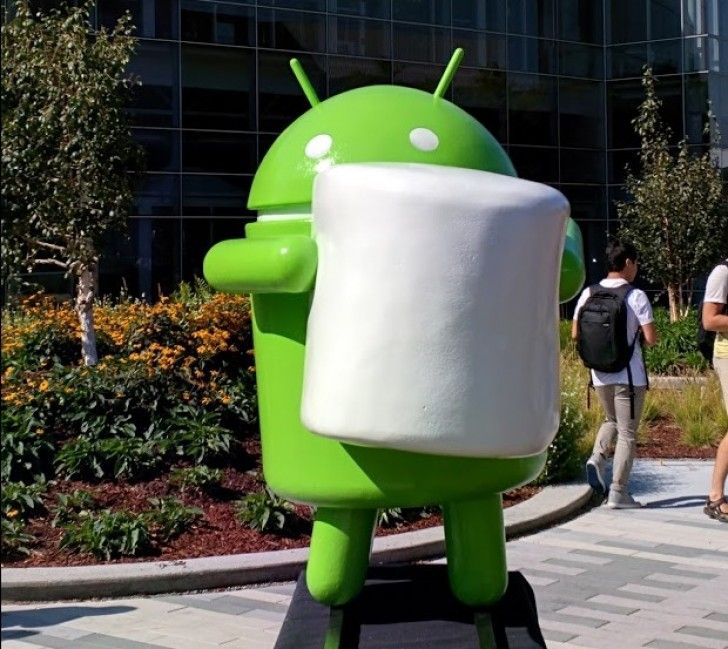
In the beginning, there was Android. Android was an open-source, largely hardware-agnostic operating system designed to work on a variety of devices and form-factors, and then Google bought the company that made it (also called Android, founded by Andy Rubin). Then, there was Google's Android. Google's Android was still open source, but now it came with stuff you'd actually want to use. Like an app store. And Google Maps. And Gmail. And Google Search. And did I mention Android itself was and is still open source? Because it was and is, and will continue to be likely for many, many, many years into the future.

Remember that time Verizon announced it will carry a version of the Xperia Z4 called the Xperia Z4v three months ago? And said it would be out "this summer?" Well, summer ends in exactly... tomorrow, and the phone still isn't out. It was actually allegedly supposed to be released over a month ago, but now any kind of launch before October seems highly unlikely. Some guy got one anyway (somehow) and reviewed it in this video on YouTube. Verizon's site, by the way, says the phone is still "coming soon."
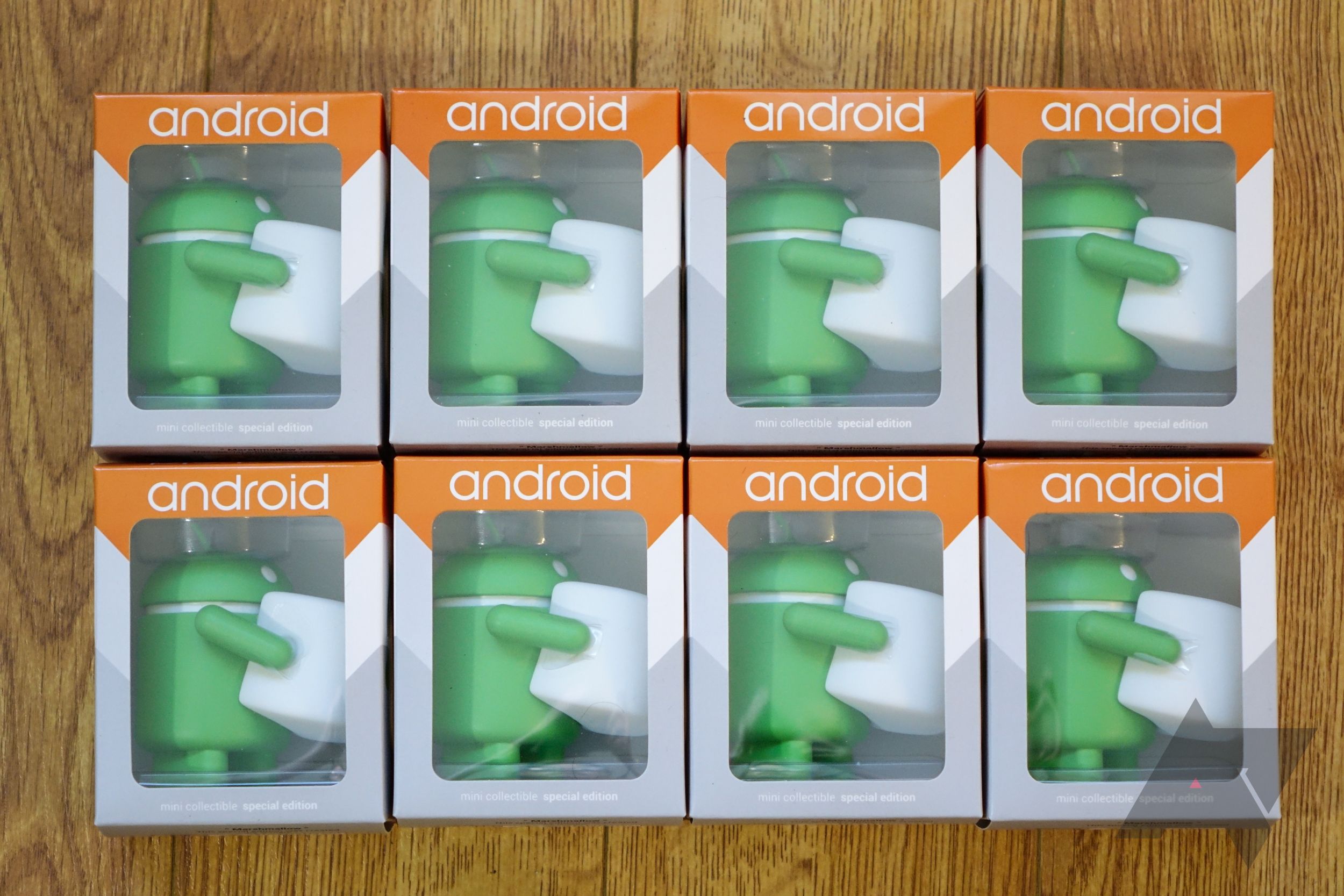
Update: OK, it's finally happening! Here are our winners for the official Marshmallow figurine contest, in no particular order.

